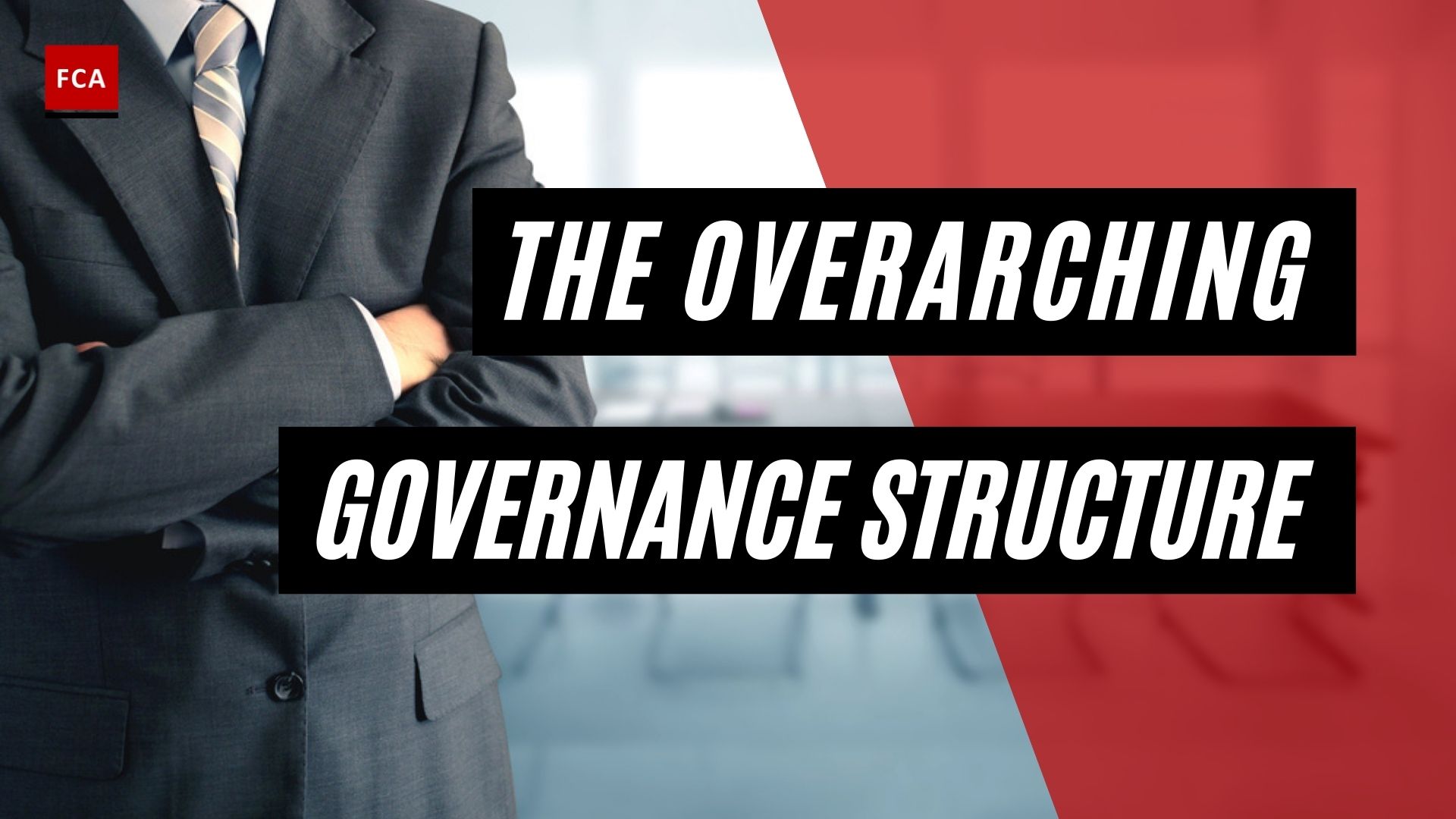Various terms are commonly used as part of the overall Customer Due Diligence (CDD) domain. This article elaborates the related terms under the CDD domain (CIP, KYC, KYB, and KYE)
Customer Identification Program (CIP)
The Customer Identification Program (or CIP) is a component of the broader due diligence process. Its goal is to identify consumers before onboarding and delivering services.
AML requirements demand businesses to create a Customer Identification process that includes a series of identification, screening, and verification steps to ensure that a prospective customer is verified.
Unidentified clients constitute a danger of money laundering or terrorist funding to the organization. As a result, legal regulations mandate that this critical step be performed as part of the CDD process.
As part of the CIP, financial institutions must evaluate the risks associated with the location or jurisdiction of the prospective customer. This is necessary to identify customers belonging to high-risk jurisdictions before onboarding. For these types of high-risk customers, the organizations are required to perform ongoing due diligence and monitoring.
Functions
The customer identification process is made part of the overall compliance program, including the KYC/CDD policy of the organization. Organizations are required to maintain the evidence of identification of the customers, such as accurate and complete records of the information provided by the customer and gathered from independent sources are maintained. CIP requires organizations to cross-check the customer’s identity against the available sources such as negative lists, government databases, media, and other public information.

Know Your Customer (KYC)
KYC is part of the CDD measures, which enables the organization to know the credentials and background of the prospective customer. Organizations such as financial institutions are required to perform the LYC process before onboarding the customer and later on at different stages, such as during the process of periodic compliance reviews or investigations.
The KYC process protects an organization from being used for money laundering or terrorist financing activities, which the customer may perform after getting onboarded by the organization, such as a financial institution. KYC enables the organization to avoid the risk of onboarding customers who are criminals, such as money launderers or related to some criminals in any other manner. Onboarding the criminals causes the entity to face reputational losses and imposing penalties from the regulator. The KYC process is a mandatory process that is followed when the customer contacts the organization either physically or through online portals.
Organizations develop the KYC policy approved by the Board of Directors and implemented down the line for compliance purposes. KYC policy serves as part of the organization’s overall Compliance Program, the purpose of which is to ensure that the organization takes appropriate measures to prevent the onboarding of unknown customers or persons from any jurisdiction.
KYC process usually is a detailed process that may use the technology to combat financial crimes such as money laundering, fraud, and related scams. KYC procedures help better understand the prospective customers and their intentions for opening an account with the organization. KYC regulatory requirements apply to various organizations, including banks, money service businesses (MSBs), Payment Gateways, Remittance Businesses, Rea Estate Agents, Dealers of precious stones, and so on.
The KYC regulatory requirements help detect the risk of suspicious intentions and transactions at a very early stage, which may be the stage before onboarding the customer and providing the services. KYC is the procedure of customer identification and verifying that they are whom they claim to be. This involves understanding a customer’s identity, financial activity, and the risk they face.
Know Your Business (KYB)
Know Your Business (or KYB) refers to the process of understanding and characterizing the risk profile associated with a prospective business customer. The acronym takes its name from a more commonly used term: Know Your Customer.
Understanding clients or customers’ business is one of the very important parts of the overall Due Diligence process. KYB is performed to identify and understand the business activities of the prospective customers and enable the organization to know whether the organization’s business activities can be linked to providing services to the business of the prospective customer or not.
When the prospective customers are businesses, the process for understanding who these businesses are and whether the organization can do business with the prospective customer is a complicated process, which requires an extensive due diligence process. KYC enables the organization to understand the real business and how the business activities are performed in different jurisdictions. The KYB enables the organization to identify various risks associated with the prospective customer, such as jurisdiction risks, channel risks, and other related risks.
Performing KYB is part of the organization’s Anti-Money Laundering (AML) programs to comply with applicable AML/KYC regulations. To prove whether a business customer is properly identified, the organization needs to verify the EIN or tax identification numbers, the articles of association, registered address of the business, and match the “Doing Business As” with the registered business name and registered address.
The Ultimate Beneficial Ownership (UBOs) are also identified as part of the KYB process to identify the actual beneficiaries of the business. As part of the KYB process, it is ensured that true persons behind the business are identified and verified. The details required of UBOs may vary slightly as compared to the details of the business customer; however, the purpose is the same, which is identification and verification.
Know Your Employee (KYE)
Know Your Employee or KYE is another critical part of the overall compliance due diligence is to know the employees working in the organization. Employees who work in the organization possess different experiences and educational backgrounds that an organization must know before hiring them.
The human resource department is primarily responsible for hiring the right and required talent and performing background checks and verifications. The compliance department helps the Human Resource perform the risk assessment from the ML/TF risks point of view, considering the applicable regulatory requirements.
There is a risk that employees may be involved in terrorism or associated with terrorist organizations; therefore, appropriate and timely measures to know the employee are a mandatory requirement. There may be risks that the employees may support the criminals in using the financial channel or system of the organization for money laundering activities, resulting in potential reputational and financial losses
Key Objective
The objective is to determine if an employee has engaged in money laundering. A business with a shay foundation Know Your Employee policy may come under fire for money laundering and employee fraud, and they may suffer business losses. Businesses should exercise caution. A good illustration of this is the pre-interview information verification and, ultimately, a background screening check.
Final Thoughts
Although called in different names, these terms have very little differences. They’re are performed to comply with AML/KYC regulations. Mainly, to protect your business and to prevent the risk of onboarding a person or persons with history of financial crime.









